Editor’s Note: Fr. Ben Daghir recently spoke at Sacred Heart Parish in Saint Marys, Pa., for their “Lunch with the Lord” Lenten series. This article summarizes his talk.
I want to reflect today on Pope Francis's autobiography entitled Hope.
Pope Francis quotes Gustav Mahler, who once said: "Tradition is not the worship of ashes, but the preservation of fire."
It leads us to ask:
What is the fire of our Catholic faith?
And what are the ashes?
The Fire of Our Faith
The fire of our Catholic faith consists of the eternal and unshakable truths of Catholicism:
The Father, the Son, and the Holy Spirit
The Eucharist—Christ's body and blood, which we celebrate in the Mass
The Seven Sacraments
Sacred Scripture and Tradition
The Virgin Mary
The Angels and the Saints
The Church's Doctrine
The Mission of Evangelization
This fire also encompasses very practical realities. For example, Jesus says in Matthew 25: "For I was hungry and you gave me food, I was thirsty, and you gave me drink, a stranger and you welcomed me, naked and you clothed me, ill and you cared for me, in prison and you visited me." As Pope Francis has so often stated, those on the margins and peripheries of society are the fire of the faith. Why? Because they are another Christ.
Another quotation from Jesus Christ is worth considering: "Heaven and earth will pass away, but my words will not pass away" (Matthew 24:35). From this perspective, we can further understand the Virgin Mary's words to the servants during the Wedding Feast at Cana: "Do whatever He tells you" (John 2:5). Jesus's words are fire.
The Difference Between Fire and Ashes
Notice what we didn’t include in the fire of faith: buildings, halls, kitchens, parking lots, utilities, etc. We intuitively recognize that these things, as important as they may be and helpful in the mission of Catholicism, ultimately belong to the category of ashes—things that will someday pass away. Don’t get me wrong, I love beautiful cathedrals and churches. But they will someday pass away.
Therefore, we must be careful in how firmly we hold onto them.
Which of these do we hold onto with a firmer grip: the words of Jesus or our church buildings?
As the quote indicated, "Tradition is not the worship of ashes." We cannot and must not worship ashes. I've seen this in my priestly ministry and my soul. We can cling to ashes and lose sight of the fire of the Catholic faith. We can prefer to hold onto ashes rather than hold onto the hand of Christ.
I've often reflected on the remarkable passage of Jesus calling the first disciples. Jesus looks at Simon and Andrew and says, "Drop your nets and follow me" (Mark 1:16-20). I think it's just as fair to hear these words today, "Drop your ashes and follow me."
What am I clinging to that I must let go of to further embrace the fire of the Catholic faith?
Understanding Ashes
What do ashes signify? Ashes are what once burned but are now cold. They lack life, vitality, and potential. Ashes represent outdated methods, clinging to past practices simply because "We've always done it that way" and "That's the only way we know” and “No one does this better than we do.”
Ashes can easily be confused with fire. We can hold onto ashes and say, "Only another breath, and it will certainly catch fire again." But, in all actuality, the fire is long gone. I'll be the first to admit that this is painful to experience and to accept. One of the greatest challenges in Rural Pennsylvania—whether in Catholicism, Protestantism, schools, or volunteer groups—is accepting the ashes while remembering the glory days of fire.
This reality causes us to ask, “What happened?” It also encourages us to ask other questions:
What might this mean for you and me today with our faith?
What are we holding onto that, in all actuality, needs to be let go?
Why are we clinging so hard to these ashes?
Why are we exhausting ourselves by breathing time, energy, efforts, programs, committees, meetings, and talent into these ashes?
The Power of Fire
Pope Francis is an incredible communicator, and his use of imagery is one of his greatest strengths. The image of fire is particularly compelling:
Fire spreads rapidly—just like the Gospel message, which Christ commands us to share: "Go out to the whole world and proclaim the good news."
Fire protects, bringing safety in a dangerous world.
Fire provides warmth in a cold world.
Fire brings light, guiding us through the darkness of our world.
What protects us? What gives us warmth? What gives us light? The answer is clear: it's fundamentally Jesus Christ in the Eucharist. It's where all the strength, protection, warmth, and light come from.
The Second Vatican Council stated that the Eucharist is "the source and summit" of our Catholic faith. In other words, the Eucharist is the center of the fire. It's where all the dynamism, the vibrancy, the mission, and the destination come from. The Eucharist is everything.
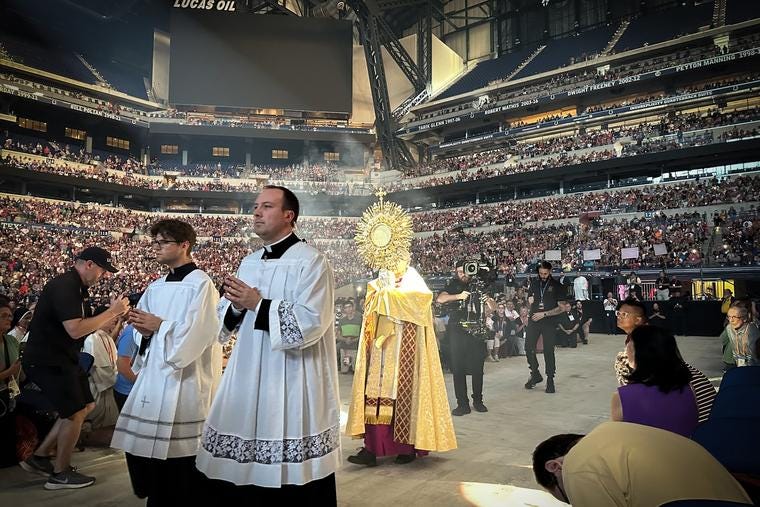
My own experience
As a 32-year-old priest, I've had to wrestle with the differences between fire and ashes. I was ordained in 2022 and assigned to five parishes + a school system. Now, those five parishes have become one parish. I must be careful with what scoreboard I look at when considering the first few years of priesthood.
Here’s why: the wrong scoreboard will lead to pessimism, cynicism, and despair. And this isn’t just for priests, it’s for all of us. We must be careful what scoreboard we look at to gauge our present circumstances.
How does one consider a change from five parishes to one parish? Is it a net loss of -4? Or is that how someone would count who only saw ashes?
How would someone who focused on fire view the transition from five parishes to one parish?
Are people growing in a more profound love of the Eucharist?
Are people coming together as a stronger body of Christ?
Are resources no longer being repeated but rather improved?
Are more people making stronger connections with others?
Are people seeing new perspectives and building upon greater strengths?
The way we measure matters. Ashes leave only shadows of what was,
but fire casts light on what is and what may be. I reflect on my priesthood with a mentality of fire, nothing else. I don’t rest my head with the thought of -4. Instead, I think about our people becoming disciples, witnesses, and even saints.
Speaking of witnesses
I’ve encountered firsthand remarkable parishioners from three churches that no longer have weekend Masses: St. Bernard Church in Falls Creek, St. Mary Church in Reynoldsville, and St. Michael the Archangel Church in DuBois.
I’ve seen parishioners from these churches wrestle with the ashes, with the incredibly difficult challenge of letting go of a particular church and going to another church due to consolidation. I’ve encountered parishioners from these churches who have clung to the Eucharist, no matter what.
As Catholics, our scoreboard of measurement must not fundamentally record ashes. Instead, it must be measured by the fire. Because, at the end of the day, only one measurement really matters, "The only real sadness, the only real failure, the only great tragedy in life, is not to become a saint” - Leon Bloy.
Learning from Peter and Paul
Two of our greatest saints, Peter and Paul, understood the difference between fire and ashes. When they walked into Rome, was Catholicism thriving? Were they welcomed with open arms?
Emperor Nero humiliated Christians in the Colosseum, feeding them to lions. Christians were being laughed at, mocked, thrown to dogs, crucified, and even burned alive. Yet, Peter, Paul, and the early Christians did not focus on the fleeting realities of their time, on the ashes. Instead, they kept their eyes on Jesus Christ, the fire of our faith.
Consider Peter's words in the Acts of the Apostles when confronted by the Sanhedrin: "For we cannot but speak the things which we have seen and heard" (Acts 4:20). For Peter, the fire was the resurrection of Jesus Christ and he would never be quiet about this truth…even to the point of death.
Paul echoes the same message in 1 Corinthians: "For I delivered to you as of first importance what I also received: that Christ died for our sins according to the Scriptures, that he was buried, that he was raised on the third day" (1 Corinthians 15:3-4). Paul knew the fire, which is the Risen Christ. It is this fire that Paul spread wherever he went…even to the point of death.
A Call to Hope
As Pope Francis reminds us, we must have hope. His autobiography entitled Hope is a message to Catholics worldwide. Pope Francis knows what we need—we need hope.
Yes, there are challenges—demographic shifts, parish consolidations, declining numbers, and much more—but Catholicism can flourish. The Gospel can still spread like wildfire.
The fire of our Catholic faith remains attractive. Young people want the fire. Young people are not particularly interested in or attracted to piles of ashes. Young people want a fire that gives them protection, warmth, and light in an unsafe, cold, and dark world.
A lot of us are waiting for the culture to change—shame on us. It's time we changed. It's time to reconsider the differences between fire and ashes. It's time for us to be like Peter and Paul—to be all about the fire of the Catholic faith, the Eucharist.
It’s time that we listen to Jesus’s words, “I have come to set the earth on fire, and how I wish it were already blazing!” (Luke 12:49)
Fr. Ben Daghir


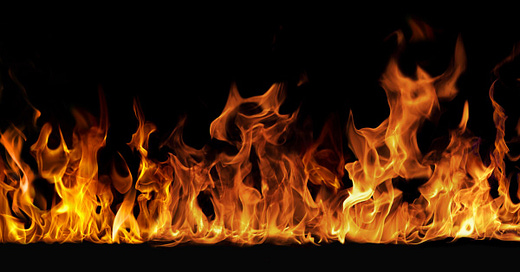



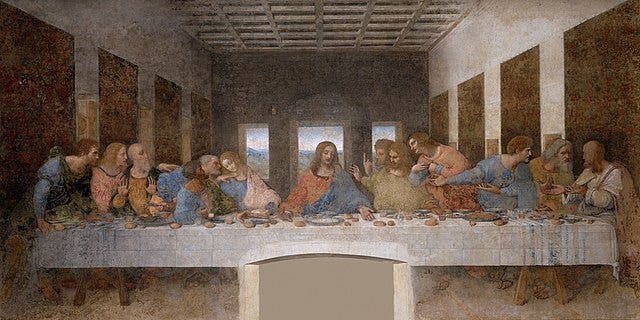
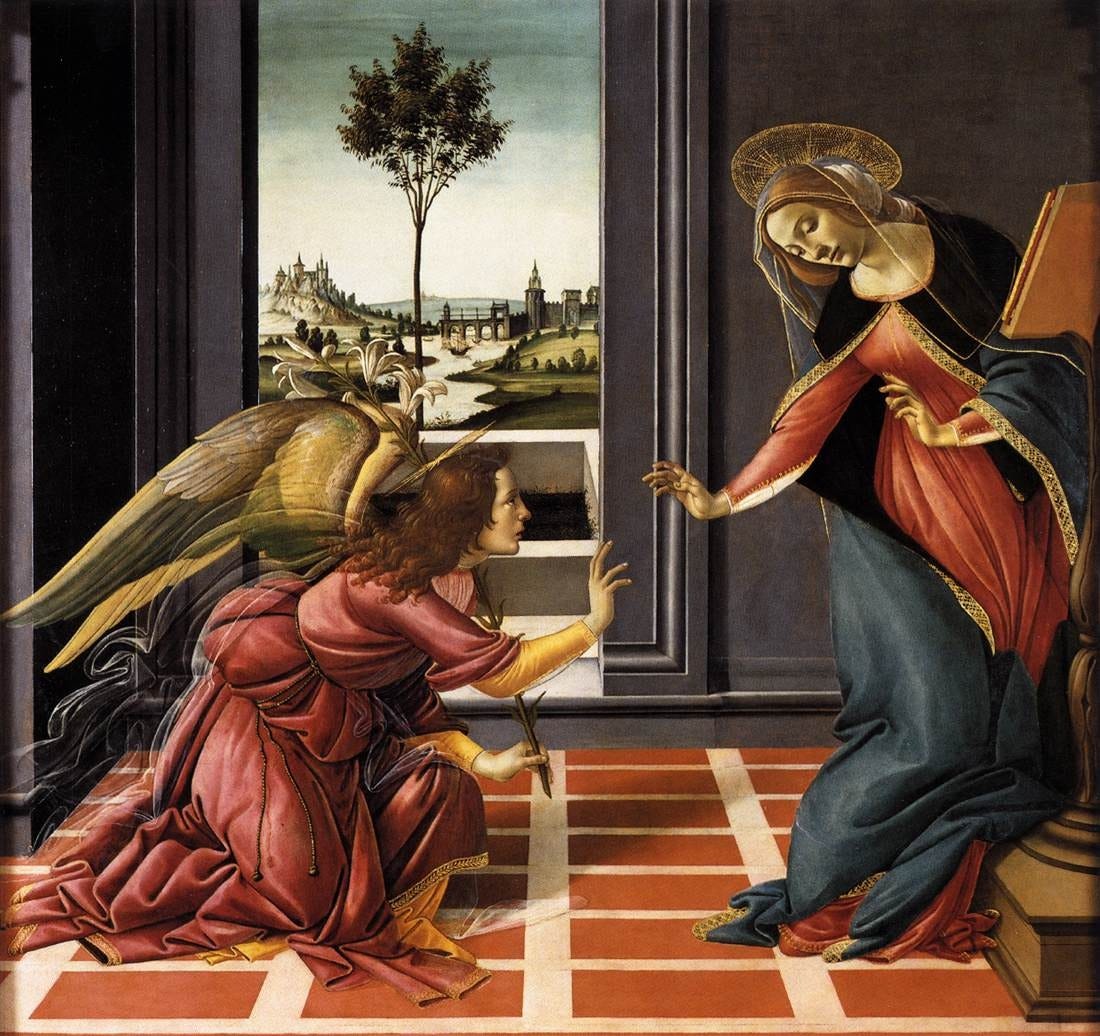

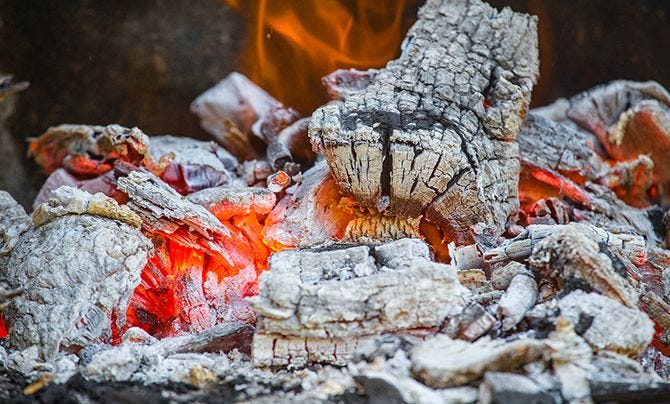
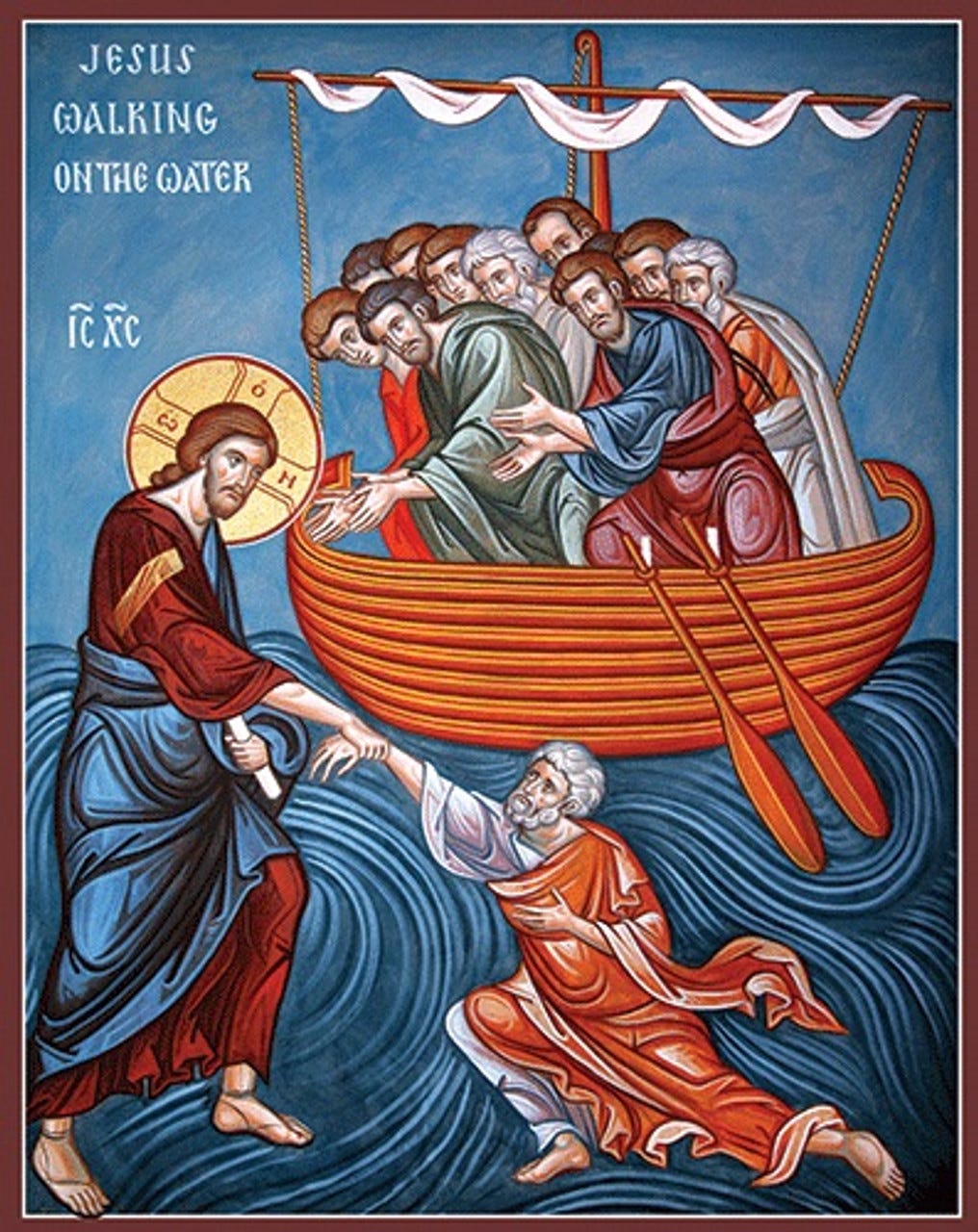
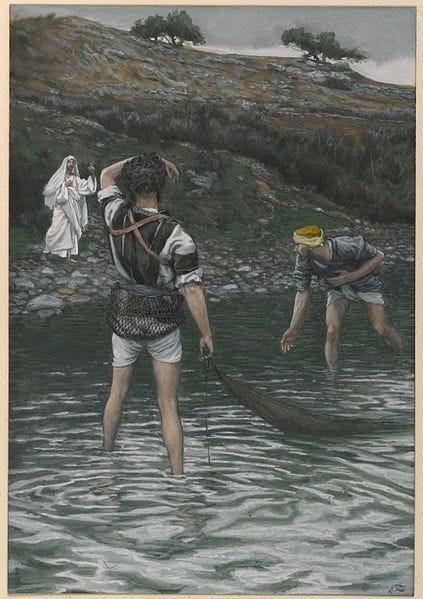
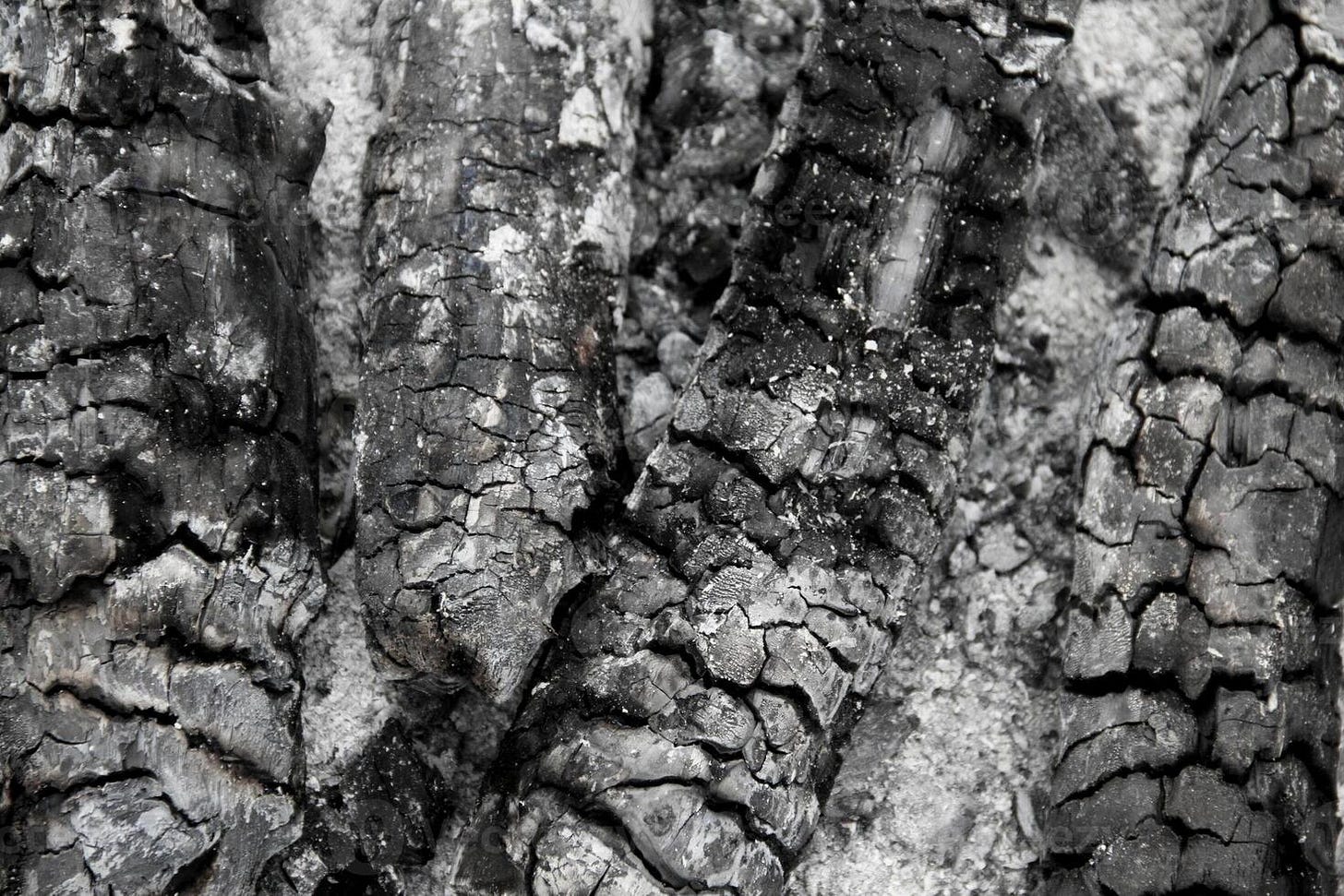
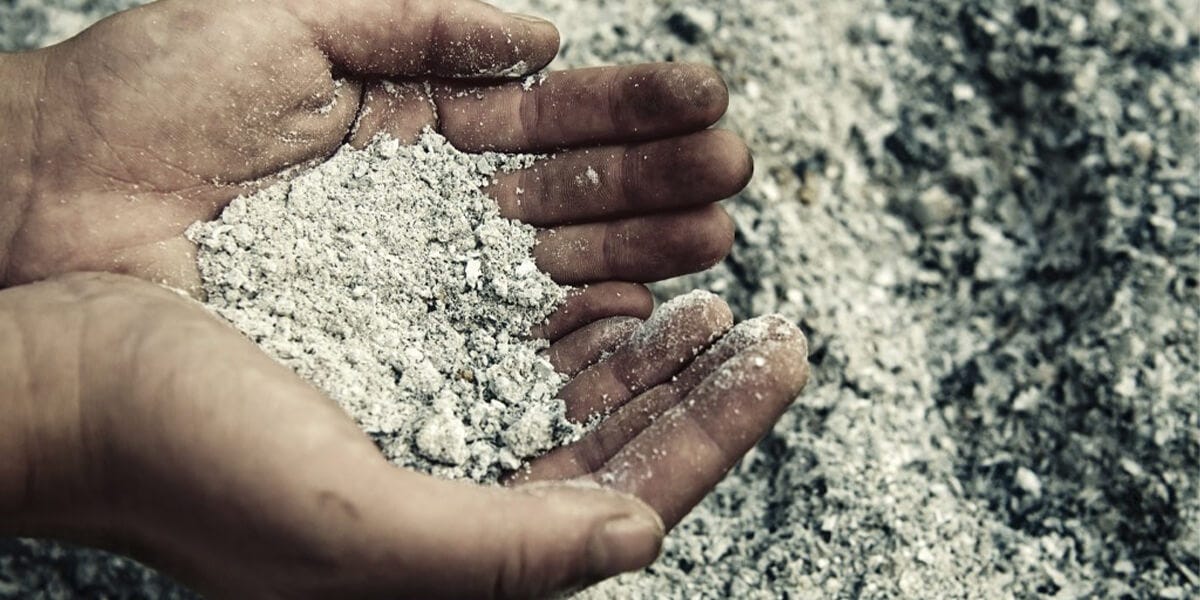




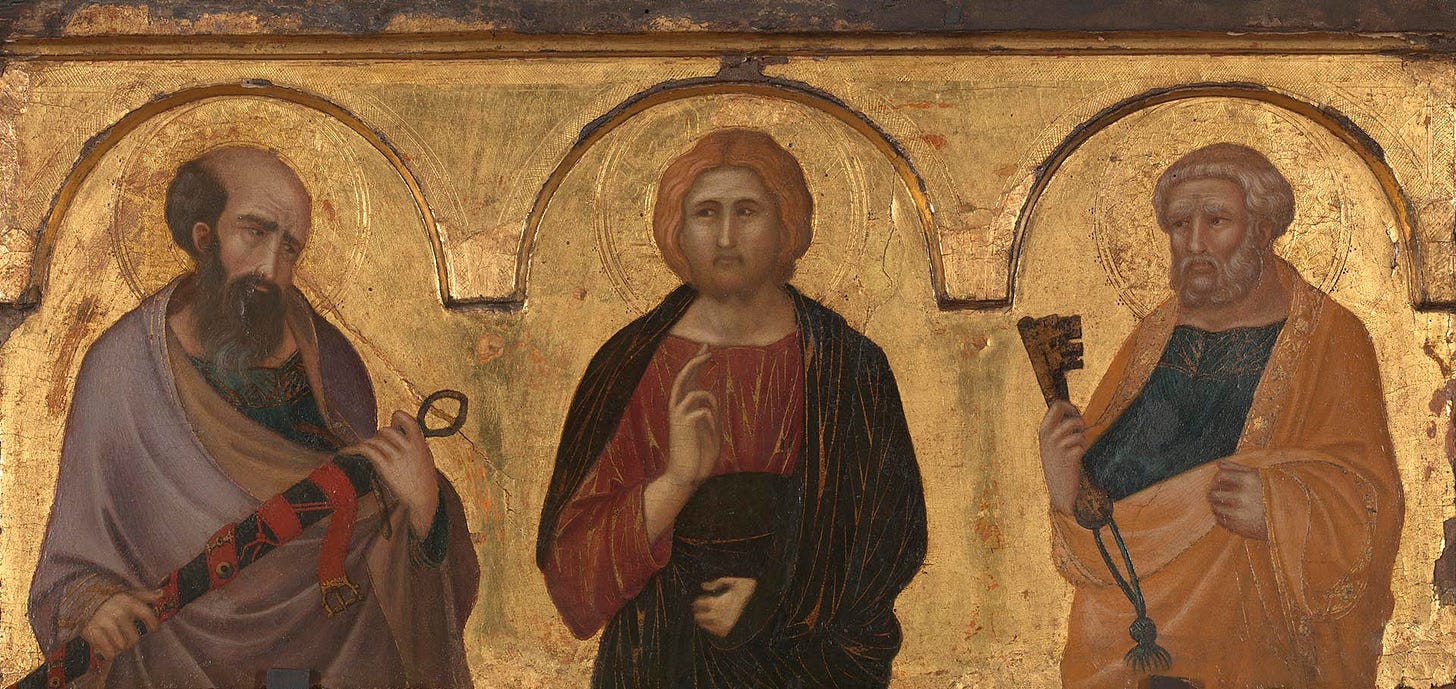
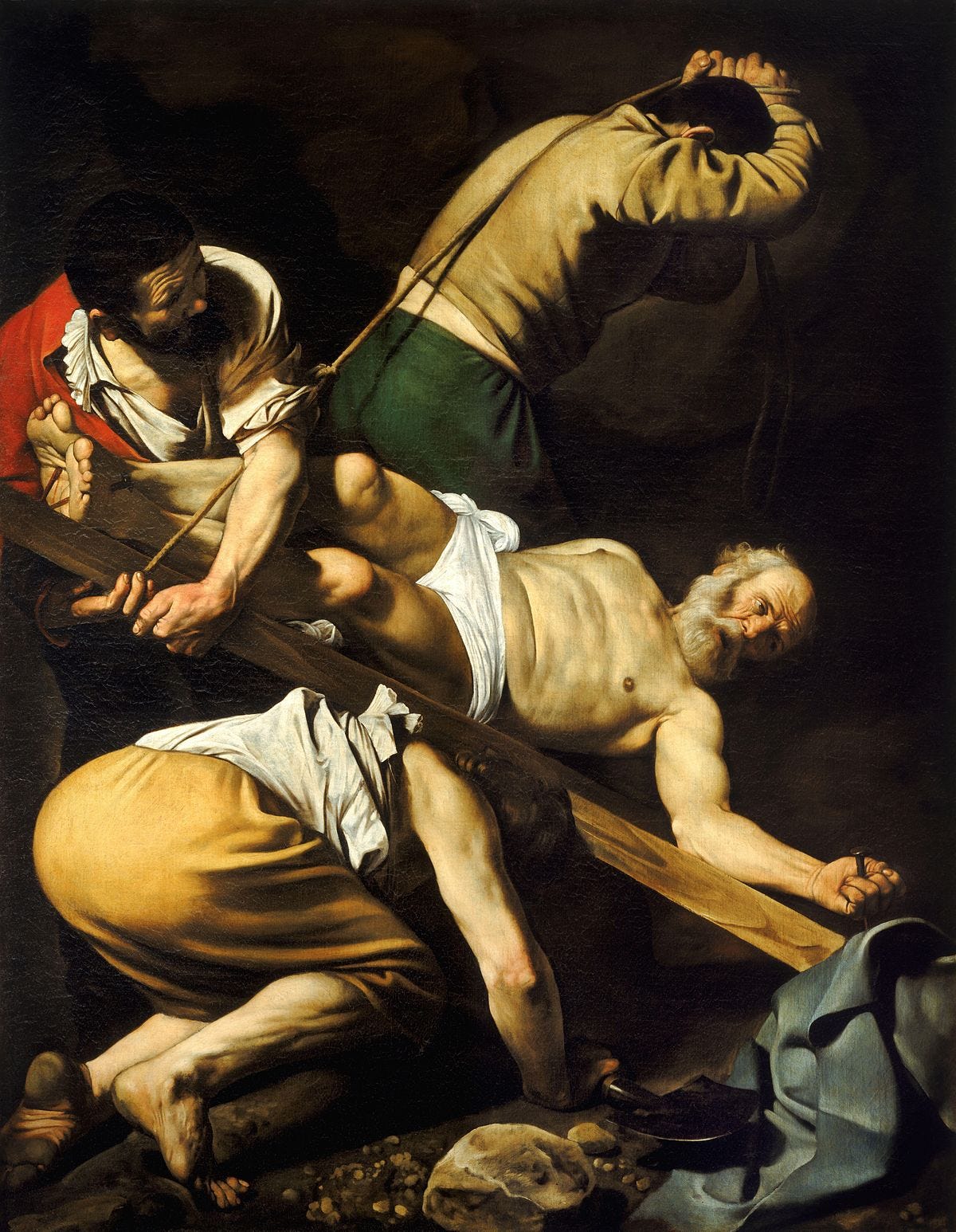
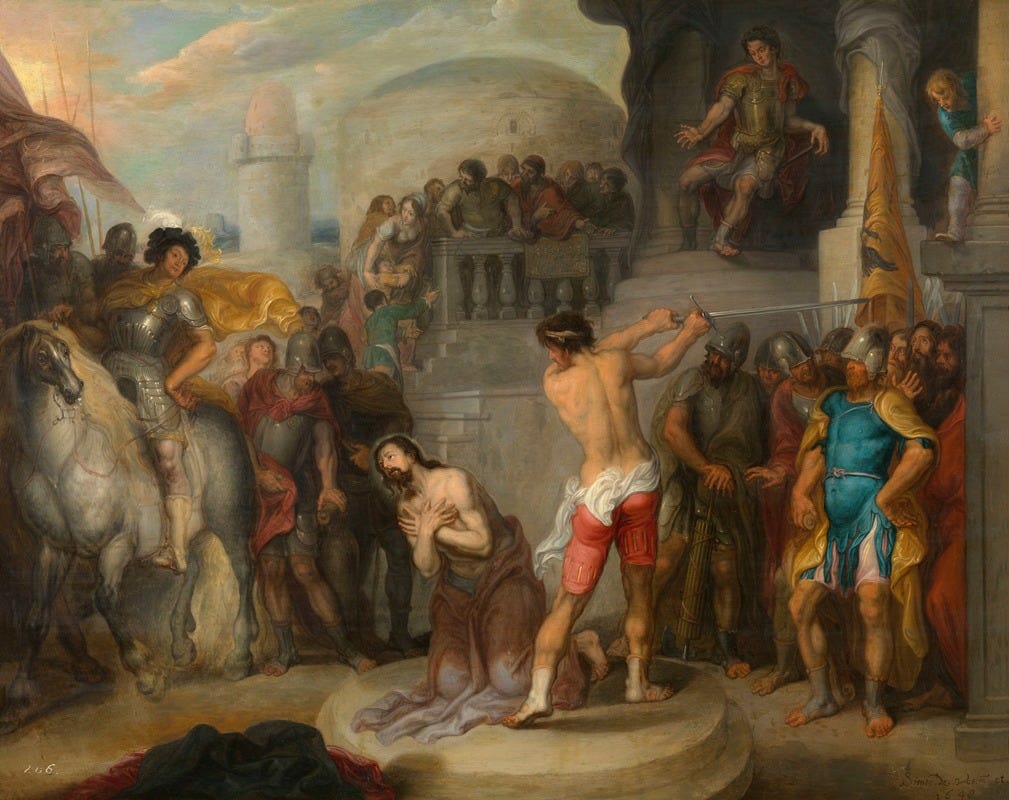
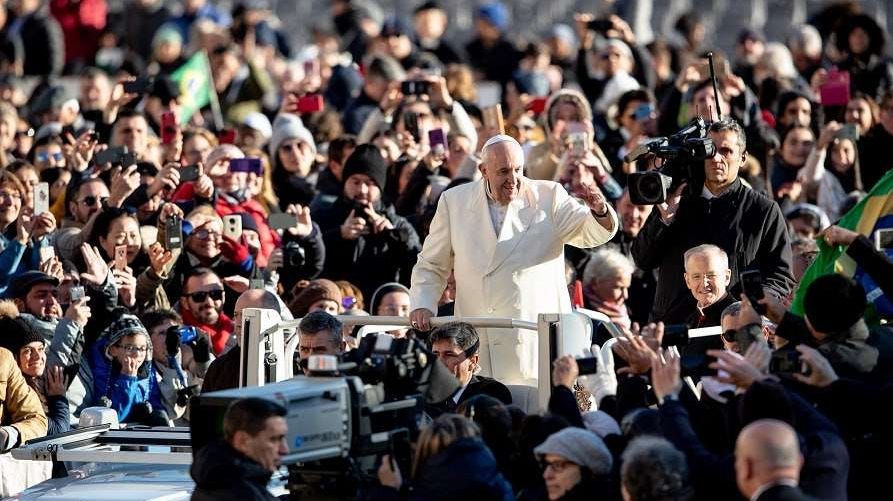
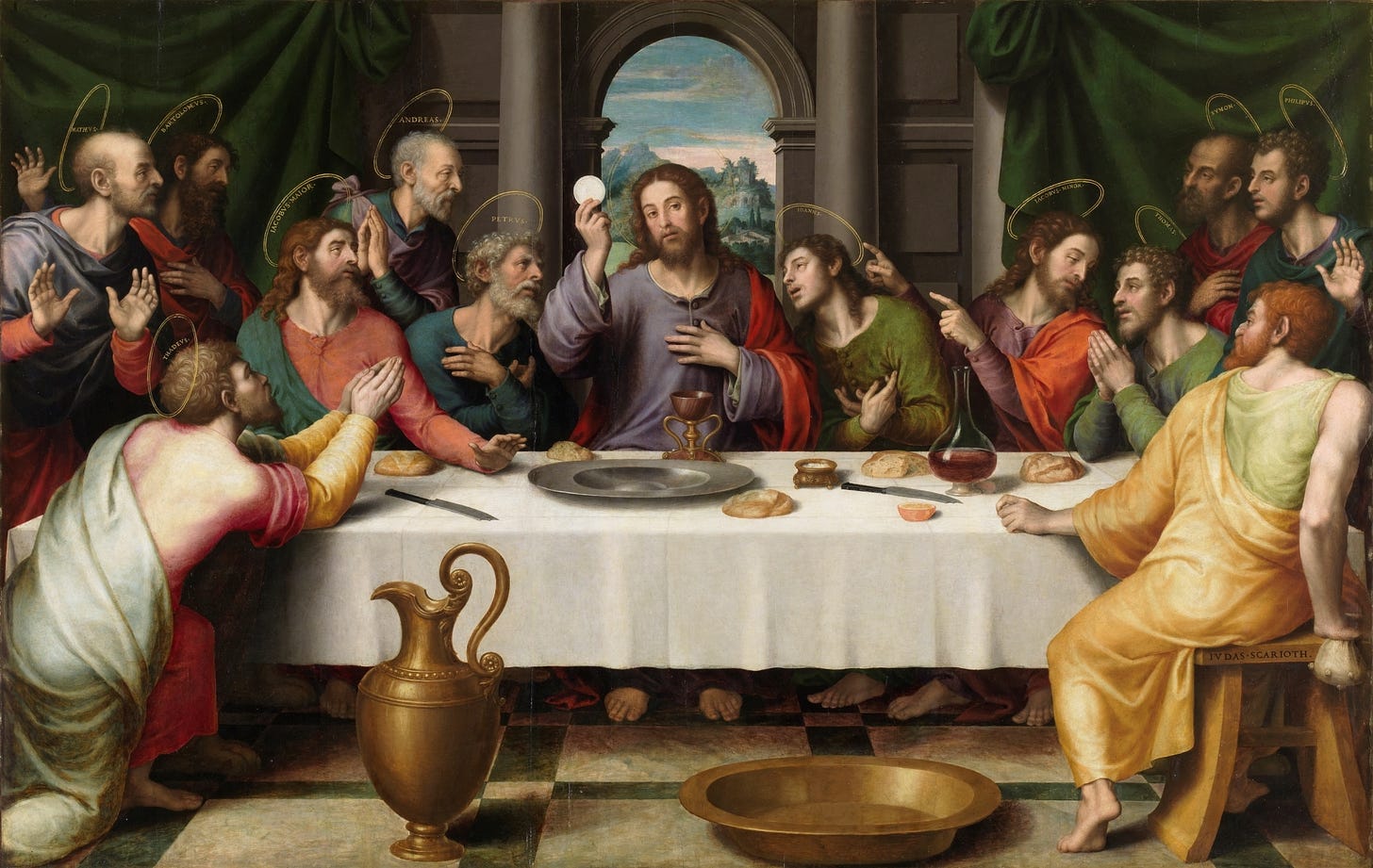

Amen, Father. Thank you for these reflections every week.
My parents were ‘victims’ of their church in Adrian closing. It devastated them. But I see them choosing the fire as I witness their faith growing daily. Thank you for your well written message.